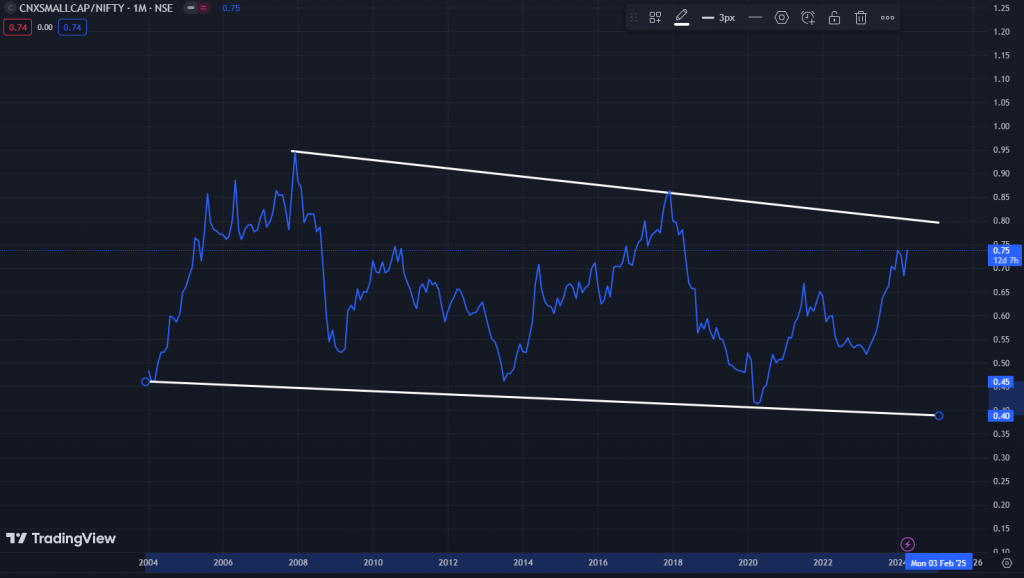We’re all familiar with the prestigious Forbes 400 list, showcasing the wealthiest individuals in America. However, what many may not realize is the transient nature of this elite club. Over any given decade, more than 20% of individuals on this list drop out, making way for new faces. This phenomenon mirrors the ever-evolving nature of wealth and success in both the corporate and individual spheres.

The inclusion of individuals like Elizabeth Holmes and Sam Bankman-Fried underscores the unpredictable trajectory of success. While their stories may be vastly different, they serve as poignant reminders of the fluidity of wealth and prominence. In a world characterized by constant disruption, no position of power or affluence is guaranteed indefinitely.

The Stock Market Paradox
A similar phenomenon is observed in the stock market, particularly with benchmark indices like the Nifty 50. While these indices are touted as representations of the top-performing stocks, the reality is far more dynamic. Every six months, the composition of these indices undergoes significant changes, with certain stocks being replaced by newcomers. This highlights the impracticality of adopting a “buy and hold” strategy in today’s fast-paced market landscape.
Surviving the Test of Time
An alarming statistic reveals that 40% of companies listed in the US over the past four decades have met their demise. Despite their initial promise and growth prospects, a considerable portion of these companies ultimately failed to sustain themselves in the long run. This underscores the importance of adaptability and foresight in navigating the volatile terrain of the stock market.
Embracing Change
What may be the flavor of the month today could easily fade into obscurity within a few years. This transient nature of market trends necessitates a rational approach to stock selection and portfolio management. Investors must remain vigilant, continuously assessing the performance and relevance of their holdings, rather than relying solely on indices to dictate their investment decisions.
Spotlight – Can Small Caps continue to outperform Large Caps ?
This ratio chart illustrates the performance of Small Caps relative to Large Caps over a 20-year period, ranging between 0.4 and 0.95. A rising trend line indicates Small Caps outperforming Large Caps, while a declining trend line suggests the opposite.

During market uptrends, Small Caps typically excel as the numerator experiences more substantial growth than the denominator, driving the ratio upwards.
Conversely, in bearish market conditions, Small Caps endure sharper declines compared to Large Caps, causing the numerator to contract more rapidly, leading to a downward trend in the ratio.
Notable examples include the 2008 Global Financial Crisis and the 2018 small cap crash.
Presently, the market appears to be maintaining an upward trajectory, potentially signalling further potential on the upside before a healthy correction ensues.
While we may not exactly know how much steam might be left for small caps in the current rally, one can surely consider more allocations towards large caps as the ratio expands towards previous tops around 0.8 & 0.9.
From a generic point of view, it is advisable to maintain diversified allocations across all market cap segments rather than attempting to time entry and exit points within a single segment.

Disclaimers and disclosures : https://tinyurl.com/2763eyaz
If you have any questions, please write to support@weekendinvesting.com









